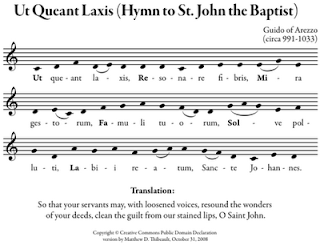In his time the Jews of Norwich bought a Christian child before Easter, and tortured him with all the same tortures with which our Lord was tortured, and on Long-Friday hanged him on a cross for love of our Lord, and afterwards buried him—imagined that it would be concealed, but our Lord showed that he was a holy martyr, and the monks took him, and buried him reverently in the minster, and through our Lord he performs wonderful and manifold miracles; and he is called St. William.
Here is what really happened. William was an apprentice to a tanner, whose body was found on Holy Saturday 1144 in Thorpe Wood, north of Norwich. An accusation was made by William's family against Jews currently living in the city, so Bishop William de Turbeville decided to investigate. He summoned members of the Jewish community to his court to endure trial by ordeal.
Before the bishop could subject his "guests" to trials, however, Sheriff John de Chesney showed up and stopped any proceedings, since the bishop had no legal authority to do so. Jews were considered to be under the king's protection (at that time, Stephen of Blois): the Angevin kings respected the money-lending (and money-taking) opportunities their presence afforded the crown.
Bishop de Turbeville moved the body to the monastery cemetery and tried to declare William a martyr and create a cult around him for the sake of attention and donations to the church, but it was slow going. There was no evidence that Jews were involved, so no great public execution or punishment of any kind that would cause a sensation.
The bishop was not ready to give up, however. He encouraged a Benedictine monk, Thomas of Monmouth, to write a book about the event. Thomas's The Life and Miracles of St William of Norwich contained two chapters on his life and five chapters on miracles performed in his name afterward. Thomas created a story of a converted Jew who became a monk, Theobald of Cambridge, who explains to Thomas that the "ancient writings of his fathers" required an annual killing of a Christian. "Theobald" explains that this killing was ordered by a Jew in Narbonne, France, who claimed to be the Messiah.
Since the Jews at this time in Norwich had been there just under a decade, and came from Normandy, they were French-speaking, so the connection to Narbonne made sense to some. No one, however, seemed to notice that there was no evidence of an annual killing caused by Jews stretching back to the time of "ancient fathers." William's family was Anglo-Saxon, and there were many conflicts between indigenous Anglo-Saxons and the recently arrived Norman folk.



